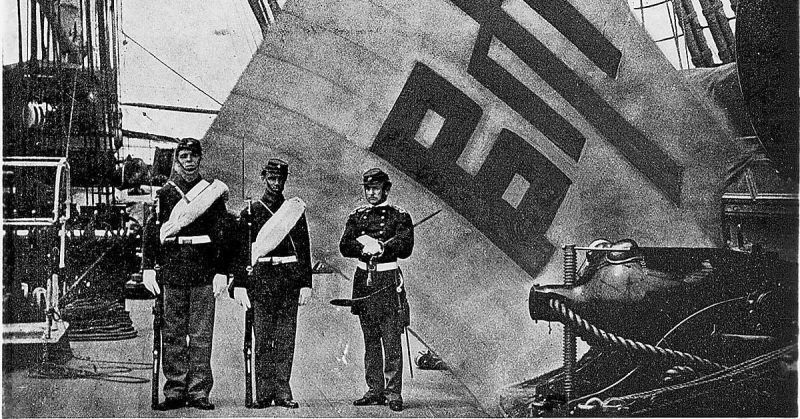To be clear, we are not speaking of the famed 1950-53 Korean War or the loveable cartoon character with a dog named Snoopy. But we are talking about United States Marine Corporal Charles Brown and the 1871 punitive expedition in Korea undertaken by the American Asiatic Squadron.
It harkens back to a time where colonialism was still the de-facto currency for powerful nations and when an offense given by a weaker state could lead to a good spanking or, punitive expedition, from a more powerful one. Such was the case in 1871 where an isolationist Korea was resistant to foreign trade and was thought to have burned an American merchant marine ship in 1866.
So when a couple of Korean forts opened up on the Asiatic Squadron a few years later, America retaliated by sacking multiple river forts where Corporal Charles Brown would play one of the quickest games of capture the flag in history.
A Brief Rendezvous with History
Born in 1849 New York City, not a lot of information is available about the man who served in the Marine Corps for one year before deserting and just happen to earn a Medal of Honor during that time. In fact, there is really not any definitive information available as to when or where he died.
But we do know that for one reason or another he was in Hong Kong in June 1870 where he enlisted in the United States Marine Corps aboard the USS Ashuelot. As a result, within a year, he would find himself in combat in the Pacific as part of the American Asiatic Squadron on board the USS Colorado.
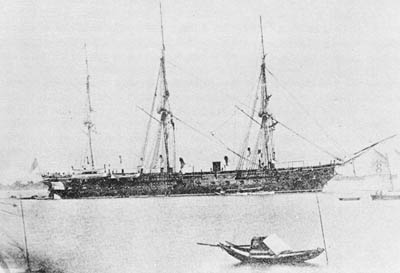
The squadron had made its way to Korea in an attempt to negotiate a trade treaty with the reclusive nation. Also, the squadron was present to investigate the disappearance of the General Sherman, which was a merchant marine side-wheel steamer that was last seen in Korea in 1866.
While there is some dispute as to exactly what took place, the end result was the General Sherman was set ablaze by Korean fire boats and the survivors reportedly beaten to death. Prior attempts to investigate the whereabouts of the ship were fruitless, but it was acknowledged that they had perished in Korean waters.
Fast-forward a few years later to 1871 and the American Asiatic Squadron was on its way to investigate the incident and open up trade with Korea of which the latter was most likely the priority. The Americans initially made peaceful contact with the Koreans, and when no information could be given about the General Sherman, they let the Koreans know that they would be exploring the area.
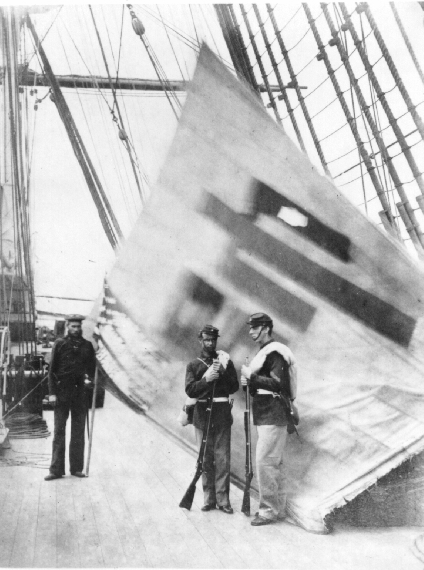
However, either miscommunication or intentional aggression led to Korean forts firing upon the American ships sailing up the Korean rivers. Thanks to poor Korean equipment and training there was minimal damage to the squadron as they literally couldn’t hit the broadside of a boat. However, the American commanders in charge thought it time for a punitive expedition as retribution when no apology was offered.
Capture the Flag
On June 10th, 1871, the American forces began attacking a variety of Korean garrisons along the Salee River. The Koreans were helplessly outmatched as many of them were still using matchlock muskets and garrison after garrison continued to fall at the hand of over 500 sailors and 100 Marines.
The sentinel battle came at the Gwangseong Garrison where Korean forces had regrouped. However, a combined artillery and naval bombardment on the citadel prepped it for an American assault.
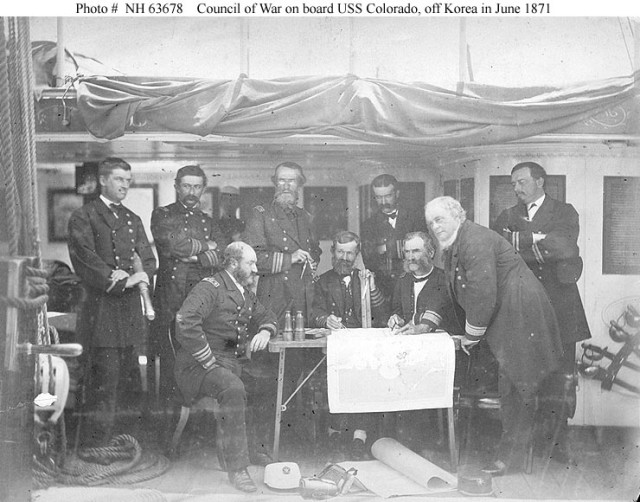
Armed with superior Remington carbines, the combined force of sailors and Marines scaled the walls as the Koreans attempted to reload their matchlock muskets. Without time to reload, it is reported that the Koreans even started throwing rocks at the oncoming Americans. One of those assaulting the citadel was Marine Corporal Charles Brown who was posted aboard the USS Colorado.
During the assault, Corporal Brown and one other would capture the flag of Korean Commander General Eo Jae-yon. General Eo was eventually killed in the battle and as quickly as the battle had begun, for his actions that day, Corporal Charles Brown would be awarded the Medal of Honor for capturing the Korean standard in the center of the Citadel on June 11th, 1871.
The battle itself lasted about 15 minutes with over 240 Koreans killed and only 3 Americans lost. By the time the expedition was over, 9 sailors and 6 Marines would receive the Medal of Honor making it the first given for actions in a foreign conflict.
While that might make one think it would lead to Corporal Brown becoming a military hero, he would never actually receive his Medal of Honor as he deserted his service in October of 1871 before the medal could be approved. And as mysteriously as this man had entered service, he was gone leaving the rest of history to wonder what happened to one of the first Marines to be awarded the Medal of Honor on foreign soil.
A Different Time
The Medal of Honor had just recently be created in the American Civil War and would go on to become one of the most esteemed recognitions for military service in the world. Many would receive it posthumously as they fell in combat and others would receive it long after their deaths due to decades of delay at recognizing their heroic efforts.
But perhaps it might just be the mysterious Cpl. Brown who was the only one who did not receive the nation’s highest military honor because he had deserted.
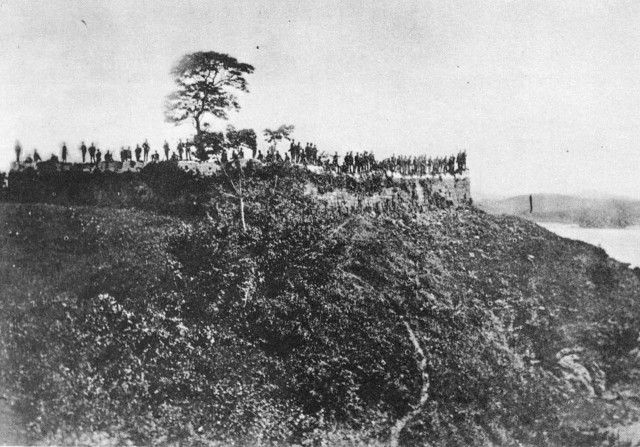
The award was still confirmed in his name and while we may never know if he had any knowledge of his recognition, the name of the man who took down a foreign flag in the middle of the citadel has gone down in the books of history.
Less than 100 years later, many more Marines would receive the medal of honor for actions in Korea, but they would still be second in line behind the man who served one year, earn the medal of honor, and then disappeared into the passage of time.
